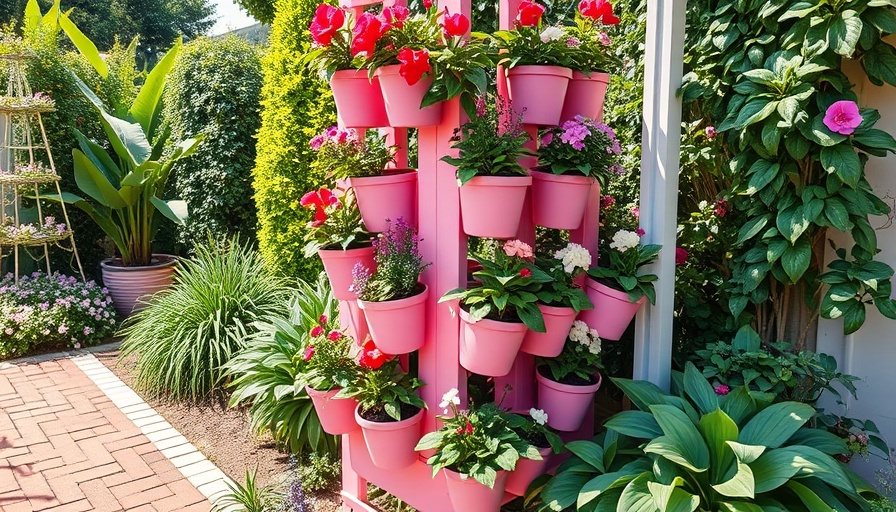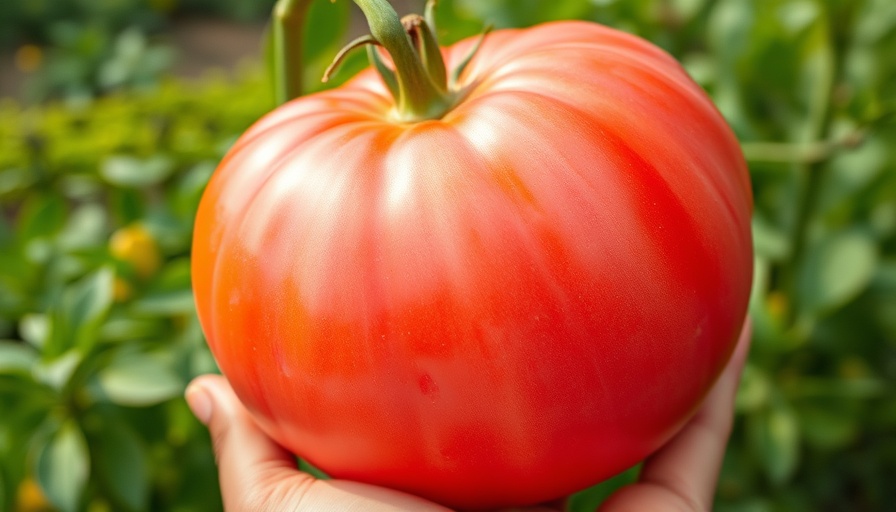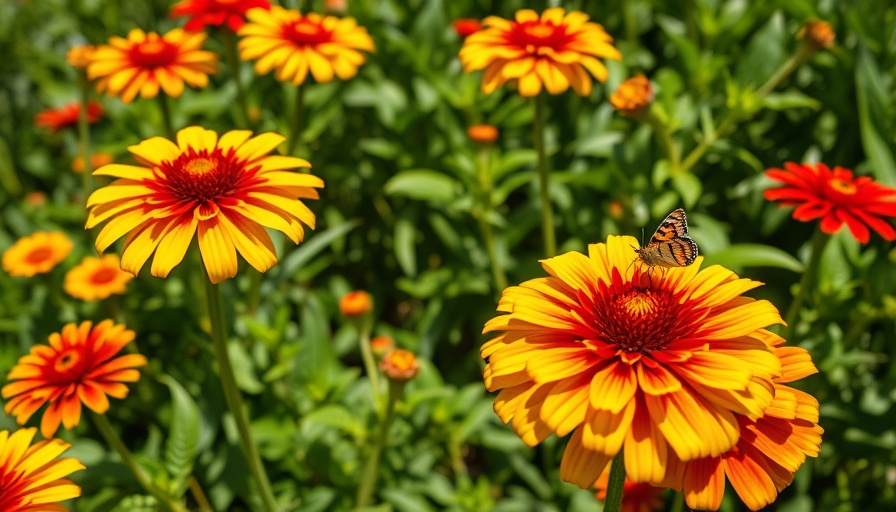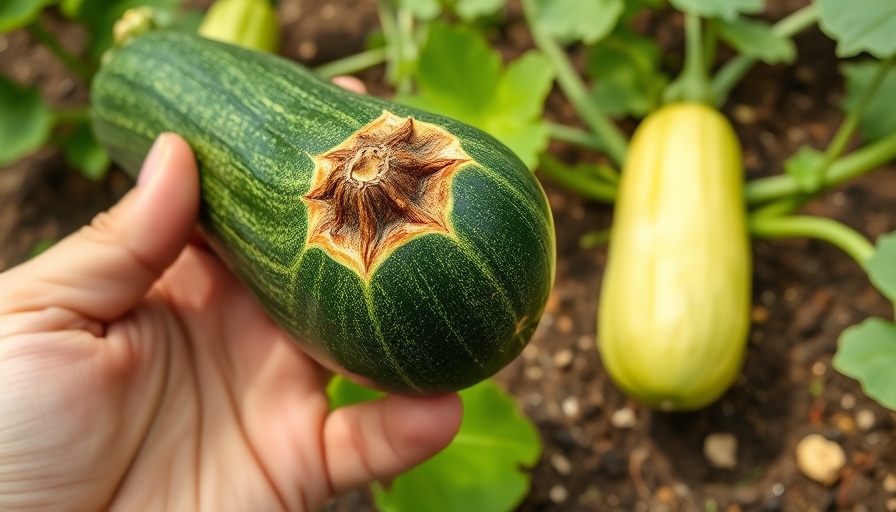
Transform Your Garden: Explore 7 Innovative Vertical Gardening Systems
If you've ever felt the squeeze of limited gardening space, consider stepping up—literally! Vertical gardening presents a method of cultivation that not only saves space but also offers an aesthetic appeal to your landscape. Whether you have a cozy balcony or a sprawling backyard, vertical gardening systems can ingeniously optimize your growing area.
Why Vertical Gardening?
Traditional gardening often leads to overcrowded spaces filled with plants hastily squeezed into every nook. This impulse might leave you standing amidst a chaotic patchwork of flora with little room left to grow. But imagine looking at a neatly organized garden where crops and flowers tower gracefully toward the sky. That's the magic of vertical gardening! Not only does it prevent overloading, but it helps you cultivate a wider variety of plants, from herbs to tomatoes, in a more organized manner.
Versatile Options for Every Gardener
The beauty of vertical systems is their versatility. Ready-made options like the GreenStalk planters come in various tiers, catering to multiple layers of crops. They are perfect for growing leafy greens and can also handle heavier fruits like tomatoes if you're adventurous. In contrast, hydroponic towers eliminate the burden of watering while ensuring plants receive constant nutrients via a watering pump, making them a great low-maintenance option for busy gardeners.
Local DIY Inspiration: Grow-At-Home Success Tips
For those in Muskegon, there are numerous ways you can tailor vertical gardening to fit your yard perfectly. Start by planning a backyard planting box that utilizes vertical space efficiently. Mixed with compact shelf building ideas or arched plant support projects, you can create an inviting atmosphere in your garden that also promotes sustainability.
Revolutionizing Your Outdoor Space
Imagine how a few vertical structures like a GreenStalk or a hydroponic tower could transform your yard. Not only can these systems enhance your gardening experience, but they can also become a talking point during gatherings, showcasing your efforts sustainably. Experimenting with vertical gardening could guide you into a new hobby or passion, offering immense satisfaction as you watch your plants thrive from unique angles.
Future Trends: Vertical Gardening's Role in Sustainability
As urbanization continues to expand, the interest in vertical gardening is more pertinent than ever. The reliance on sustainable practices, such as building composting barrels or designing backyard utility houses, can contribute significantly to reducing waste and maximizing resource use. Vertical gardening aligns seamlessly with these principles, allowing families to grow their food healthily while minimizing their carbon footprint.
Get Started Today!
Are you excited to revamp your garden? Now is the perfect time to dig in! Consider how adding vertical features can change your growing landscape and encourage a healthier, more sustainable gardening adventure. Your green thumb deserves to shine, whether you opt for a store-bought tiered planter or a DIY hydroponic tower.
And remember, if you're looking for local expertise to assist you with planning, maintenance, or any yard care needs, your 5-star rated local lawn care and property management company is here to help! Call Norther-LawnCare.com, Everett Lucas at 231-450-3414.
 Add Row
Add Row 
 Add
Add 


Write A Comment